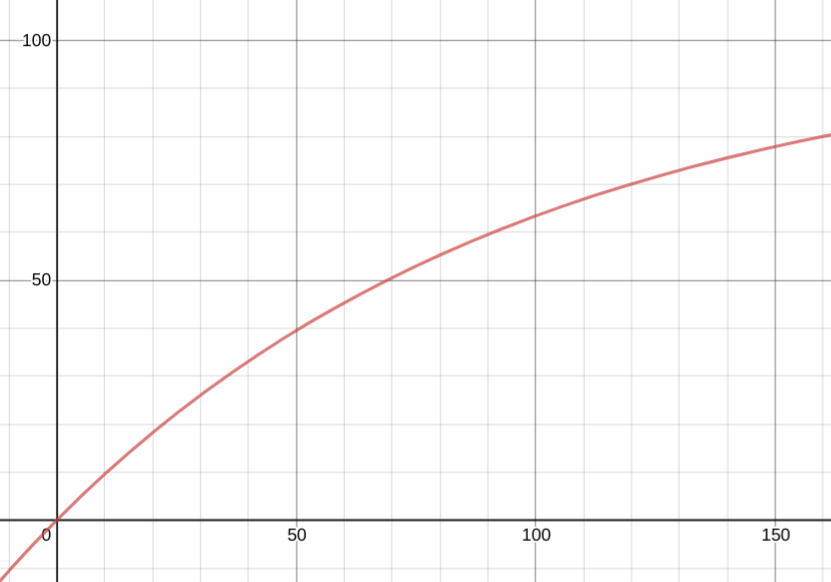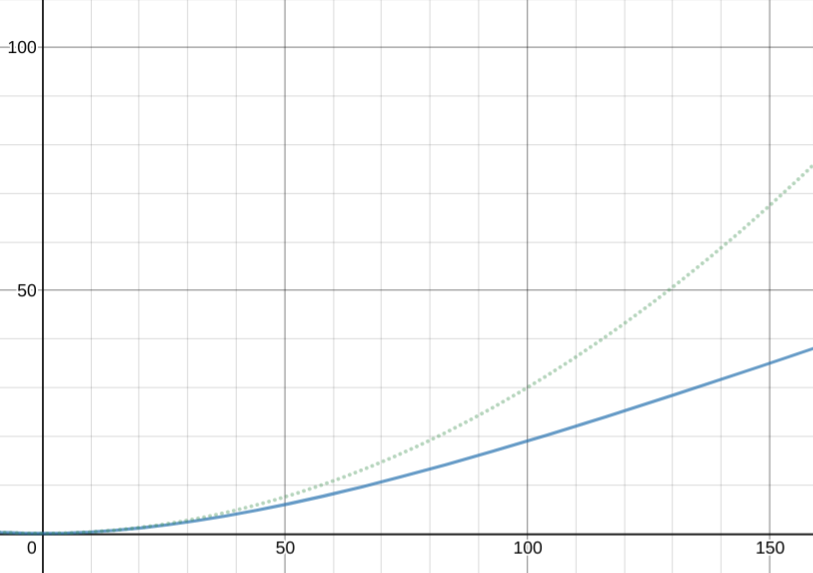I recently realized a very simple, almost obvious bias, that I had because I never thought more about it. Moreover, quite a lot of people have this bias too.
What is worse in time of pandemic - to increase the number of your contacts from 0 to 1 or from 99 to 100? Intuitively, since we perceive many quantities on a logarithmic scale, the first thing is much worse. I heard multiple times something like: "I am already doing this and this and that because I have to, so it does not make sense for me to decrease my shopping", or "My roommate (spouse, child...) does not care about this at all, so it does not make sense for me either".
However, this is simply not true. If I care solely about myself, increasing the number of contacts increases the probability to get sick linearly - no logarithmic scale. But if I also care about other people (my contacts, yes), then we have linear growth of probability to become a spreader, and linear growth of the group to whom I can spread, thus leading to quadratic growth of the total expected damage to society.
So, if I have quite a lot of contacts already, I should be much more cautious about adding more than if I have almost none. It sounds so trivial right now - yet so many times I have heard the opposite advice.


This is interesting.
Trying to think when logarithmic thinking makes sense and why humans might often think like that:
If I am in control of all (or almost all) of my risks then a pandemic where I am only taking a 0 person risk is very different from a pandemic where I am taking a 99 person risk. So moving from 0 to 1 in the presumably-very-deadly-pandemic where I am being super-cautious is a very bad thing. Moving from 99 to 100 in the probably-not-too-bad-pandemic where I'm already meeting up with 99 people is probably not too bad.
So thinking logarithmically makes sense if my base level of risk is strongly correlated to the deadliness of the pandemic. The more sensible route is to skip the step of looking at what risk I'm taking to give me evidence of how bad things are and just look directly at how bad things are.
In the 2 examples you give there are external reasons for additional base risk and these are not (strongly) correlated with the deadliness of the pandemic.
Another explanation for logarithmic thinking is Laplace's rule of succession.
If you have N exposures and have not yet had a bad outcome, the Laplacian estimate of a bad outcome from the next exposure goes as 1/N (the marginal cost under a logarithmic rule).
Applying this to "number of contacts" rather than "number of exposures" is admittedly more strained but I could still see it playing a part.